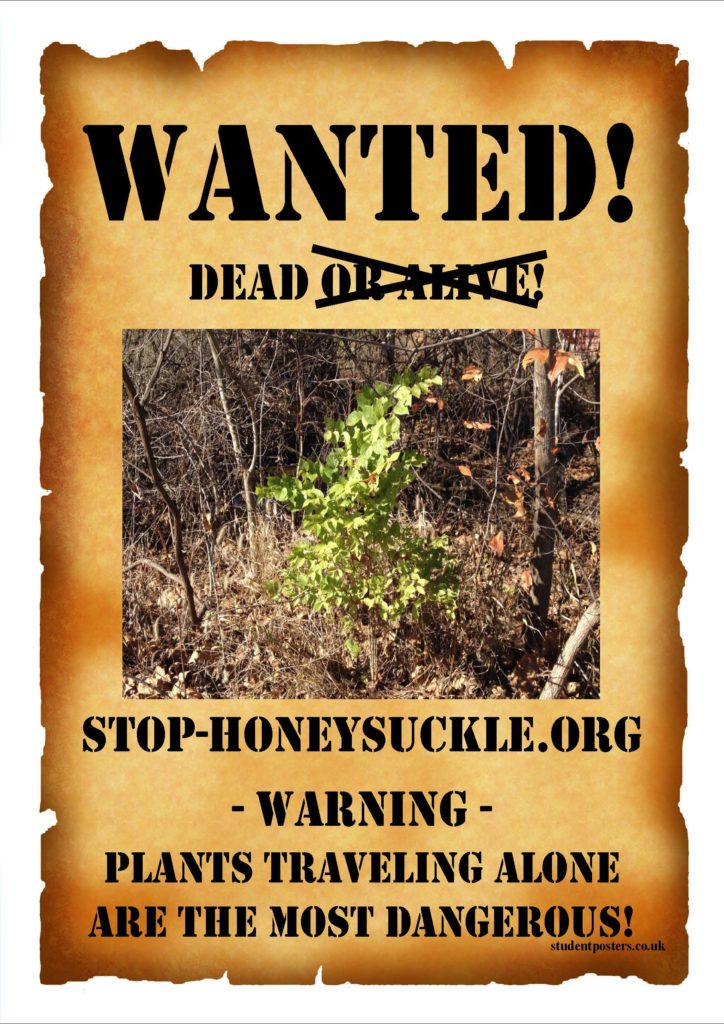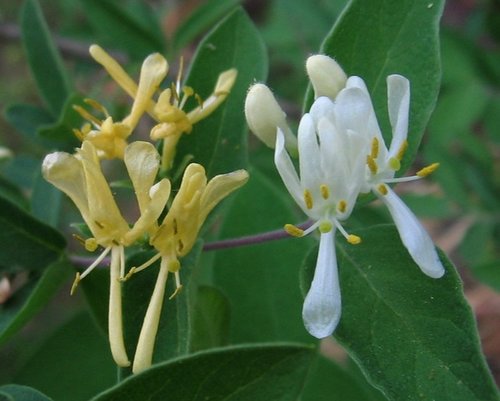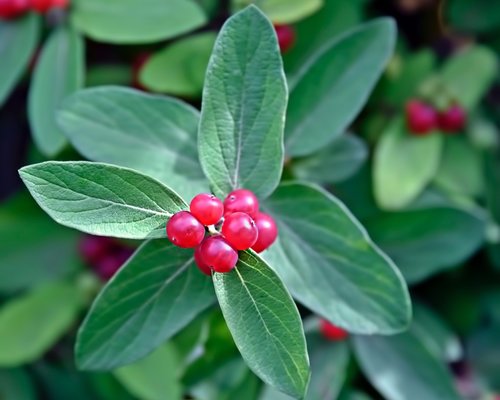Conserve
Conservation Easements
Planting Trees & Prairies
Bush honeysuckle is a serious threat to
Missouri landowners.
Originally planted in urban areas, it is spreading to the Missouri countryside and strangling native plants and trees. This plant kills all other plants and wildflowers and limits physical access to your property.
Please become familiar with this threat to our Missouri countryside and take action to stop it from reaching your property. Preventing bush honeysuckle from infesting your farm or woodlands is one of the best investments a landowner can make.

How to identify honeysuckle:

-
6 to 20 feet tall, depending on species
-
Narrowly elliptical with green surface and pale green, lightly fuzzy underside

- Opposite leaves
- Pair of red berries near origin of leaves in fall

How to Control and Eliminate Bush Honeysuckle:

There are several different methods of control for the bush honeysuckles. Be persistent and prepared to continuously treat the plant to eradicate it.
-
Hand Pulling: Pulling is an option if the entire plant can be removed. This method should not be used in highly sensitive areas because it disturbs the soil and aids in the spread of other invasive species.
-
Cut-Stump Method: This involves cutting the bush off at the stump and applying a 20 percent glyphosate solution with a sprayer or brush to thoroughly cover the freshly cut area.
-
Foliar Spray: Spray the leaves with a 2 percent solution of glyphosate and water plus a non-ionic surfactant, which improves the chemical’s ability to adhere to the plant.pray around the entire circumference of the stem. On multiple trunks spray between the stems as well. A small backpack sprayer can be used or a spray bottle works just fine and is easy to carry around. This method should be used in early spring or late fall before or after the leaves of native plants are present.
-
The Basal-Bark Method: This method consists of spraying a mixture of 25 percent triclopyr and 75 percent horticultural oil to the bush’s stems to a height of 12 to 15 inches from the ground. Thorough wetting is necessary for good results.
Learn more about the detrimental effects of bush honeysuckle, and how you can help with this fact sheet. A white paper on the ecology, spread, and mitigation of invasive bush honeysuckles can be viewed here.